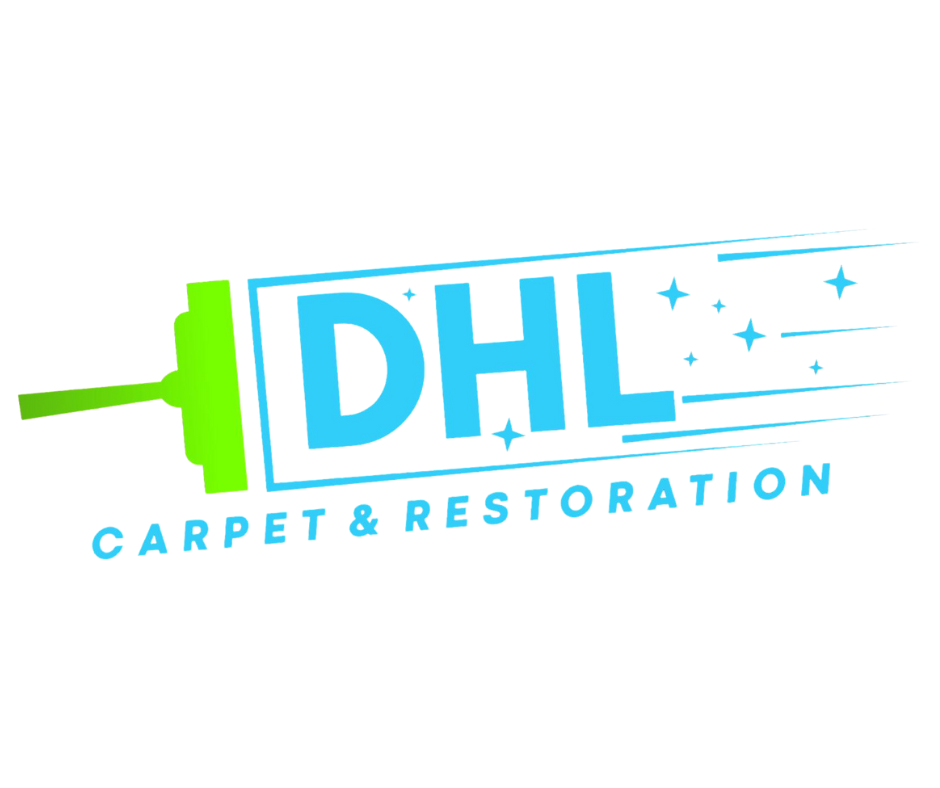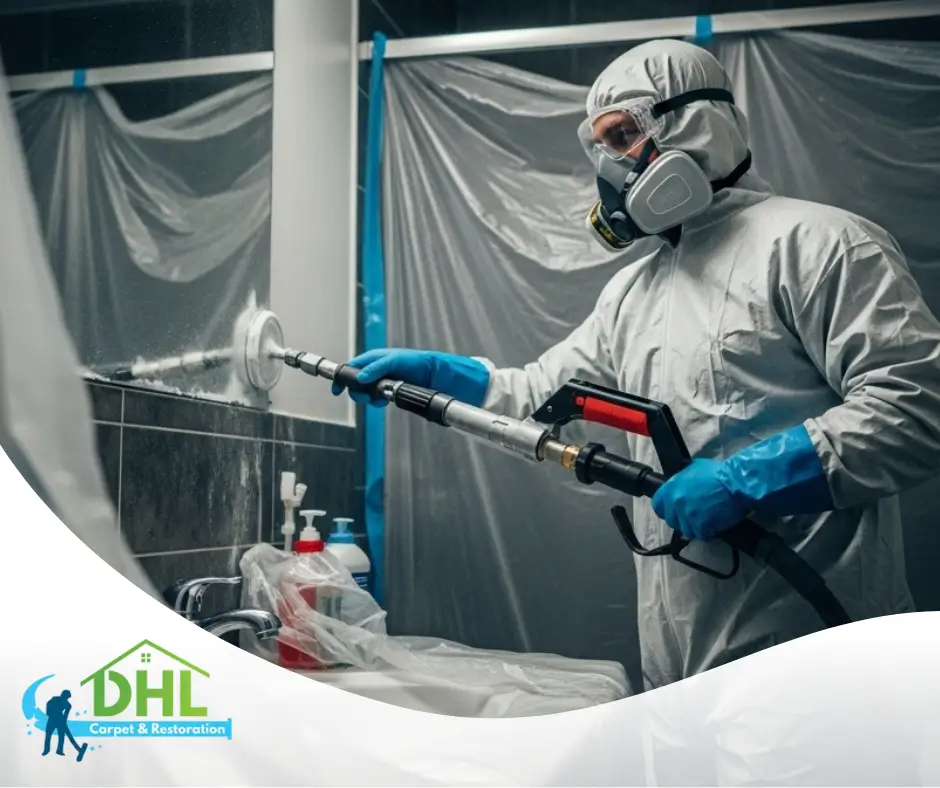Mold can be a silent invader, lurking behind walls and causing problems for your home and health. Understanding the mold remediation process is the first step to taking control. In this article, we’ll break down how professional mold removal works, the steps involved, and why it’s essential for a safe and healthy home.
What is Mold Remediation?
Mold remediation is more than just cleaning visible mold. It’s a thorough process that removes mold, stops its spread, and prevents it from returning. Unlike simple cleaning or bleaching, mold removal services use advanced techniques to protect your property and health.
Why Mold Remediation is Important
When mold spores grow unchecked, they can cause serious issues:
- Health concerns: Mold exposure can lead to allergies, asthma, and respiratory problems.
- Structural damage: Mold eats away at drywall, wood, and even insulation.
- Lingering odors: Mold leaves behind musty smells that are tough to eliminate without proper remediation.
By investing in mold remediation services, you’re protecting both your property’s value and your family’s well-being.
The Mold Remediation Process Explained
Curious about how it all works? Let’s walk through the key steps that professional mold remediation companies follow:
1. Inspection and Assessment
First, trained specialists inspect your home to find the source of moisture and the extent of mold growth. This might involve testing air quality and using moisture meters to locate hidden mold behind walls and ceilings.
2. Containment
To stop mold from spreading, the team sets up containment barriers using plastic sheeting and negative air pressure. This ensures that spores stay isolated and don’t contaminate other parts of your home.
3. Air Filtration
Next, high-efficiency HEPA air scrubbers are used to remove airborne mold spores. This step is crucial for improving indoor air quality and creating a safer environment during remediation.
4. Mold Removal
This is where the real work begins. Depending on the severity, professionals may:
- Remove contaminated materials like drywall, carpet, and insulation.
- Use specialized cleaning solutions and techniques to eliminate mold colonies.
- Apply antimicrobial treatments to prevent future mold growth.
5. Cleaning and Sanitizing
All surfaces are thoroughly cleaned and sanitized. This includes furniture, personal items, and any salvageable materials. Professionals also deodorize the space to get rid of that persistent musty smell.
6. Restoration
The final step is to restore your home to its pre-mold condition. This might involve repairing or replacing drywall, painting, and other finishing touches to make your home feel brand new again.
Why Choose Professional Mold Remediation?
While some homeowners try DIY mold removal, tackling mold is more complicated than it seems. Certified mold remediation specialists use safe practices and specialized equipment to ensure complete removal—something that household cleaners can’t achieve. They also help prevent future mold problems by fixing moisture issues at the source.
In the end, professional mold remediation services save you time, money, and stress by eliminating mold once and for all.
Keeping Mold Away After Remediation
Once the process is complete, here are some simple tips to maintain a mold-free home:
- Use dehumidifiers in damp areas like basements and bathrooms.
- Repair leaks in roofs, pipes, and windows promptly.
- Ensure proper ventilation in kitchens and bathrooms.
- Regularly inspect areas prone to moisture buildup.
By following these steps, you’ll reduce the risk of mold coming back—and keep your home safe and healthy for years to come.
Final Thoughts
Mold might be an invisible threat, but with a proper mold remediation plan, you can restore your home and protect your health. From assessment to final restoration, professional mold removal services make the difference. Don’t let mold take over—take action today for a cleaner, healthier home!
READ MORE:

